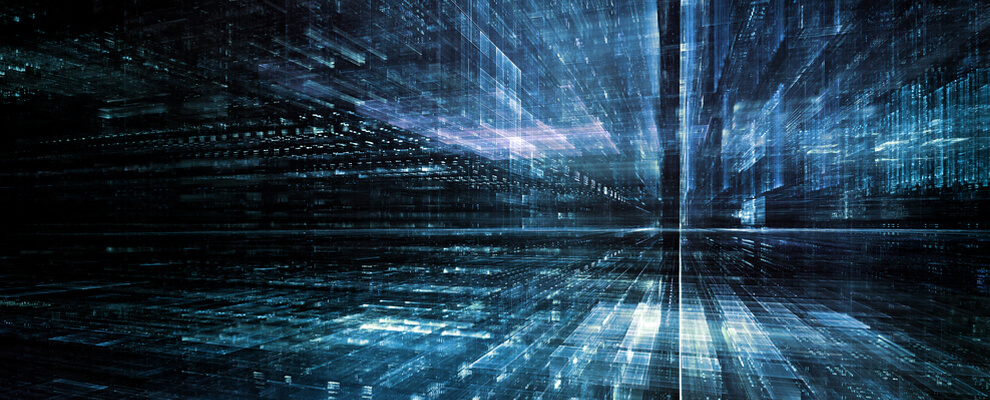
9 Benefits and Applications of Machine Vision Systems
1. Eliminates Human Errors
The human eye is remarkable but not infallible. While vision is ideal for qualitative interpretation, machine vision can successfully measure product quantities thanks to its accuracy, repeatability, and speed. To illustrate, a vision system implemented on a production line can inspect hundreds or even thousands of parts with each minute.
When paired with high-resolution cameras, machine vision systems can also inspect object details too small for discernment by the human eye. Machine vision can additionally eliminate operator fatigue and variances between different operators. These qualities can greatly reduce, if not eliminate, the risk of disassembled products and/or subpar components.
2. Lowers Costs
A vision system can improve manufacturing speed and scale down the amount of labor necessary to operate the equipment. Equally important, it can reduce the scrap rate so fewer materials get wasted – and, in the process, reduce your overhead.
Regardless of how parts are manufactured, tolerances exist for all the dimensions. Machine vision can help fine-tune processes and improve results. High-priced components, in particular, need to be manufactured with precision; otherwise, failure can cost thousands of dollars. It is, therefore, crucial to implement the checks and balances offered by a vision system.
3. Reduces Downtime
4. Increases Throughput
5. Enhances Safety
Because machine vision reduces human involvement in the manufacturing process, it creates an overall safer work environment. Employees are less likely to suffer injuries when operating bulky, powerful machines. Likewise, workers are prevented from contaminating clean rooms while simultaneously reducing their exposure to hazardous parts and materials.
6. Identifies Print Defects
7. Takes Accurate Measurements
8. Detects Flaws
9. Locates Objects
Machine vision is multi-functional and can be applied in a number of ways to manufacturing processes. The key is in choosing the right technology for your sector. Fortunately, you don’t have to make this decision alone. We can help to not only simplify your needs but also make the transition to a vision system as seamless as possible. Learn more by contacting SAAB RDS today.
